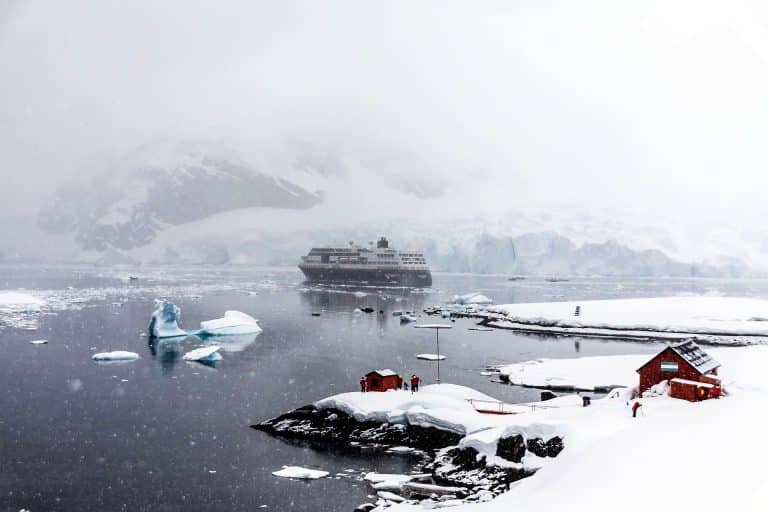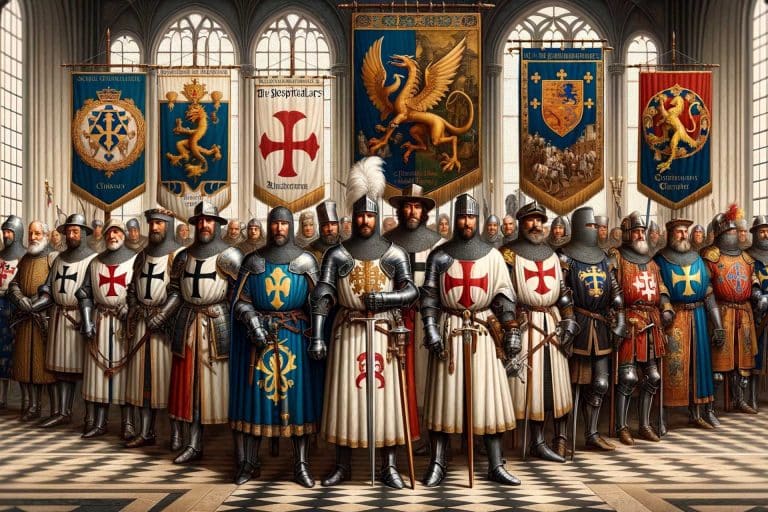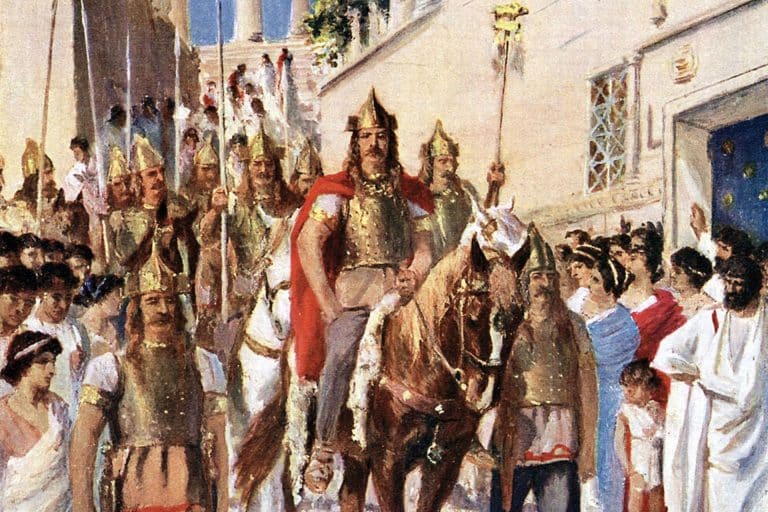Simo Häyhä – The Finnish Silent Stalker of World War 2
Simo Häyhä is a name that resonates with awe and reverence in military history records. Born amidst the rugged terrains of Finland, Häyhä’s story intertwines innate talent, relentless training, and an unwavering sense of patriotism. As the world plunged into the chaos of World War 2, Finland found itself defending its sovereignty against a colossal adversary. Amidst the fierce battles and snowy landscapes emerged Simo Häyhä, a silent stalker whose marksmanship would etch his name into the chronicles of war.
Simo Häyhä – A Glimpse into His Early Years
Nestled near the Russian border, a legend was born in the Kiiskinen hamlet of the Rautjärvi municipality in the Viipuri Province of southern Finland. Simo Häyhä, seventh amongst eight siblings, emerged from a devout Lutheran farming family. The patriarch, Juho Häyhä, ran the operations of the Mattila farm, while Katriina, Simo’s mother, infused warmth and tireless diligence as the farmer’s wife.
Growing up in this rugged terrain, young Häyhä attended the Miettilä village school and jointly managed their farm with his eldest brother. Beyond the chores of farming, Häyhä honed his skills as a hunter and skier, laying the groundwork for the exceptional sniper he was to become.
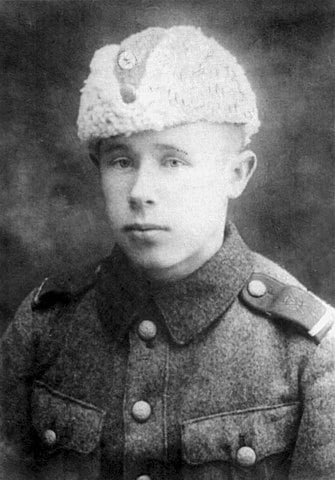
The fire of patriotism ignited early within Häyhä. At 17, he became part of the Finnish voluntary militia, the Civil Guard (Suojeluskunta). His unparalleled firearm proficiency became evident in the shooting competitions across the Viipuri Province. Trophies soon occupied every corner of his home, a testament to his unmatched marksmanship. Yet, the budding marksman was humble, often choosing to remain inconspicuous in group photographs, letting his skill speak louder than words.
The year 1925 marked a significant phase in Häyhä’s life. The 19-year-old patriot embarked on his 15-month mandatory military stint, joining Bicycle Battalion 2 in Raivola, located in his home province, Viipuri. His leadership skills did not go unnoticed, prompting a stint at the Non-Commissioned Officer School. Soon after, he took on the role of a conscript officer at the Bicycle Battalion 1 in Terijoki. Despite these accomplishments, formal sniper training eluded him until 1938 at a facility in Utti.
Major Tapio Saarelainen, a historian who has penned multiple books on Häyhä, including a detailed biography, once remarked about Häyhä’s unparalleled ability to judge distances. The sharpshooter could estimate distances with a margin error of just 1 meter, up to 150 meters. This skill, among others, shaped the trajectory of his life and forged him into the legend known as “The Finnish Silent Stalker of World War 2” in the annals of history.
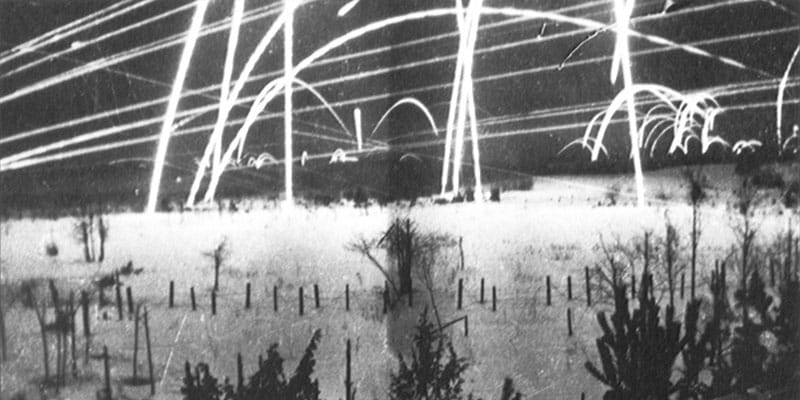
The Winter War: David Against Goliath
Tensions in Northern Europe escalated in the shadowy preamble to World War 2. The 1939–40 Winter War had its genesis in the vast geopolitical ambitions of the Soviet Union. To secure Leningrad’s safety and further its territorial grip, the Soviet Union set its sights on Finnish land. To Moscow’s surprise, what was anticipated to be an easy conquest turned into a bitterly contested struggle.
Despite the vast disparities in size, manpower, and resources, Finland mounted an audacious defense against the Soviet behemoth. Finnish soldiers, resilient and well-acclimated to their homeland’s frigid landscapes, used their intimate knowledge of the terrain to their advantage. Employing guerrilla tactics, hit-and-run strategies, and constructing defensible “Motti” positions, the Finns ensnared Soviet troops, often larger in numbers, into lethal traps. Such remarkable tactics were a testament to the Finnish army’s ingenuity and the rigorousness of their training.
However, the war had heavy costs. By the time the Moscow Peace Treaty was signed in March 1940, Finland had lost about 25,000 lives, with many more injured, while the Soviet Union suffered over 150,000 casualties. Though Finland had to cede 11% of its territory, including the city of Viipuri, to the Soviets, their fierce resistance against a much larger opponent was a testament to their indomitable spirit. It showcased to the world the vulnerabilities of the Red Army. The legacy of this war and the feats of individuals like Simo Häyhä turned Finland’s defense into a story of legendary resistance.
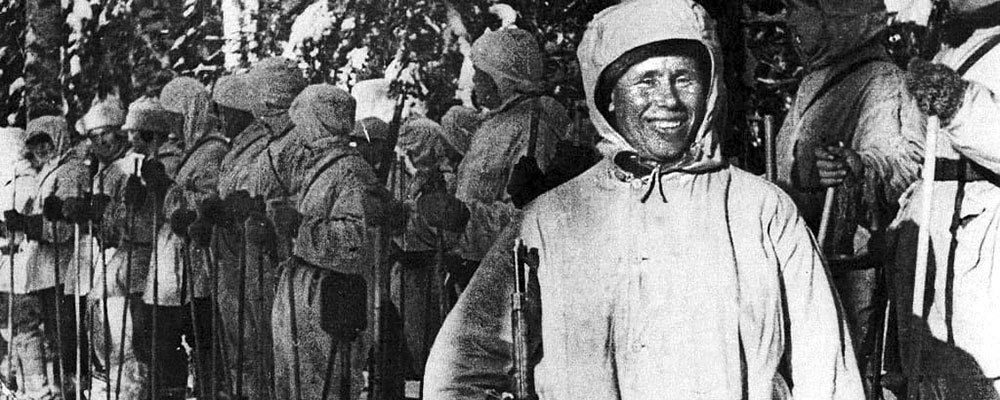
The Invisible Hero of the Winter War: Simo Häyhä
A legend arose from the Finnish ranks in the icy embrace of the 1939-40 Winter War amidst the snow-clad forests and chilling winds. Simo Häyhä, now a sharpshooter under Lieutenant Aarne Juutilainen in the 6th Company of Infantry Regiment 34. As bullets whispered death from his rifle, Häyhä became a phantom the Red Army feared yet seldom saw.
Though Finnish sources claim the Red Army dubbed him “The White Death,” the origins of this moniker are up for debate. Some suggest the name originated from Finnish propaganda, evoking the image of a silent and lethal frost in the wilderness. But regardless of its origin, Häyhä was undoubtedly a propagandistic icon. Beyond the “White Death,” the Finnish also affectionately knew him as “The Magic Shooter,” a testament to his uncanny ability to disappear into the landscape and reappear only through the deadly aim of his rifle.
The statistics behind Häyhä’s sniping prowess are staggering. In less than 100 days, during the season of minimal daylight, he amassed an unparalleled kill count. This number, solely based on confirmed deaths and with the testimony of his comrades, excluded instances where multiple snipers targeted the same soldier or where kills were made using a submachine gun under his leadership. By February 17, 1940, division commander Antero Svensson credited Häyhä with 219 rifle-confirmed kills and an equal count by submachine gun, honoring him with an honorary rifle. On a particularly grim day, December 21, 1939, Häyhä’s diary noted 25 kills – his deadliest day.
Drawing from Finnish Army records, Häyhä’s confirmed sniper kills read like a grim tally: 138 kills by December 22, 1939, 199 by January 26 1940, 219 by February 17, 1940, and an astonishing 259 by March 7, 1940, the day after a severe injury took him out of combat. Häyhä seldom spoke about his wartime actions, but a personal memoir in 2017 hinted at a self-acknowledged “sin list” of around 500 enemies felled by his hand. His silence, combined with his written words, paints a picture of a man who saw his duty with a mix of pride and the heavy weight of lives taken.
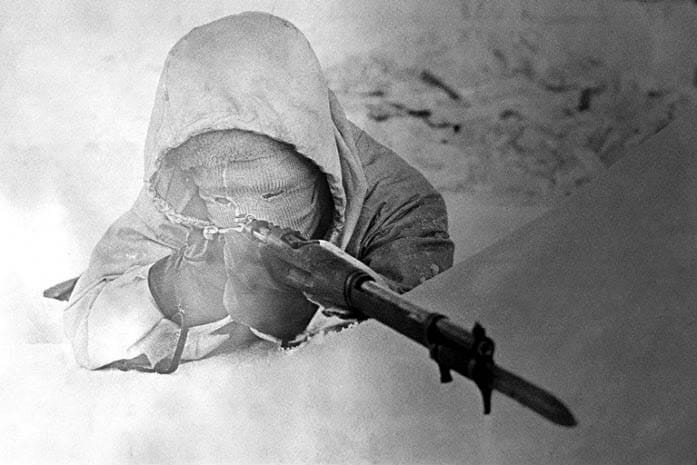
The Precision and Prowess of Simo Häyhä
Simo Häyhä’s unparalleled skills on the battlefield can be attributed to a blend of natural talent, choice of equipment, and adaptability to the unforgiving Finnish winter. Amid the heart of combat, like the Battle of Kollaa, temperatures plummeted to a bone-chilling range of -40 to -20 °C. It was within this icy backdrop that Häyhä donned his all-white camouflage, becoming a ghostly figure amidst the snowy landscape. This contrasted starkly with the Soviet troops, who, unprepared for winter warfare, lacked proper camouflage. This made them more visible targets against the pristine white expanses, a fatal oversight when pitted against an expert marksman like Häyhä.
Interestingly, Häyhä shunned the prevalent telescopic sights instead of iron sights. The logic was simple but compelling. Iron sights reduced the sniper’s exposure, eliminating the few extra centimeters a sniper would need to raise his head while using telescopic sights. Cold weather often led to telescopic sights fogging up, rendering them useless, and they also ran the risk of reflecting sunlight, potentially betraying the sniper’s position. Having not been trained on scoped rifles, Häyhä leaned into familiarity and reliability, ignoring the Soviet scoped rifle models that were available.
Staving off the cold was essential not only for comfort but also for survival. Häyhä layered himself amply, ensuring his body retained warmth during prolonged stints in the snow. Beyond clothing, he stored bread and sugar within easy reach, snacks that provided bursts of energy and warmth in the form of calories. These small, practical measures proved invaluable in the field, allowing Häyhä to focus on his task without being distracted by the elements.
Physique and behavior also played a pivotal role in Häyhä’s success. His shorter stature, at 5 ft 3 in, gave him a natural advantage, allowing him to maintain a low profile and easily merge with the surrounding snow. A meticulous planner, Häyhä would relocate before dawn to his predetermined spot, lying in wait till sunset.
To further ensure he remained undetected, he would craft snow barriers in front of his concealed position for padding and to reduce the snow puff from muzzle blasts. Ever so vigilant about concealment, he even held snow in his mouth to prevent his warm breath from betraying his position in the cold. All these details, when combined, made Simo Häyhä a near-invisible force on the battlefield, a true testament to his dedication and genius as a sniper.
The Resilience and Retirement of Simo Häyhä
Like many soldiers, Simo Häyhä’s wartime experience was punctuated by glory and grievous injury. On March 6, 1940, an explosive bullet from a Red Army soldier struck him on his lower left jaw, causing severe injuries. In the aftermath of the battle, so grievous were his wounds that he was mistakenly placed among the dead. Soon, rumors of his demise spread like wildfire across Finland and the Soviet Union.
Miraculously, a week later, on March 13, the day peace was declared, Häyhä awoke from unconsciousness only to read of his death in a newspaper. With characteristic Finnish sisu (determination), he promptly wrote to the publication to set the record straight.
Eager to serve his nation again, Häyhä expressed his desire to participate in the Continuation War (1941-1944). However, the lingering effects of his injuries barred him from rejoining the battlefield. His unparalleled service was not overlooked.
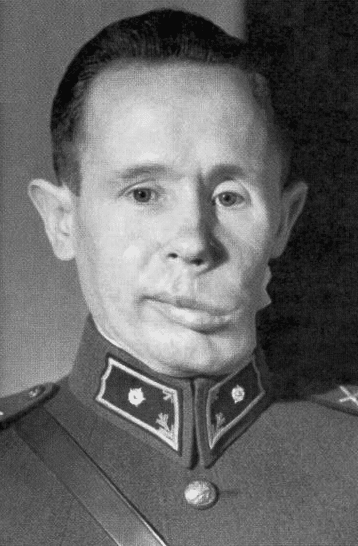
He was awarded multiple honors, including the First and Second Class Medals of Liberty, the Third and Fourth Class Crosses of Liberty, and a prestigious SAKO M/28-30 “Pystykorva” Honorary Rifle. Field Marshal Carl Gustaf Emil Mannerheim recognized his dedication by promoting him directly from the lowest non-commissioned officer rank to an officer rank. And while he was nominated for the coveted Mannerheim Cross, the highest military honor in Finland, the decision remained “under consideration.”
Post-war life led Häyhä to the serene countryside, where he was given a farm in Valkjärvi, Ruokolahti. Beyond farming, his life was marked by hunting expeditions, often joined by eminent personalities like President Urho Kekkonen but the scars of war ran deep.
He faced disdain and threats from those who disapproved of his wartime actions. With his injuries leaving a distinct mark on his face, Häyhä, being easily recognizable, preferred solitude and avoiding large gatherings. Despite being surrounded by friends and family, nights were particularly difficult for him, marked by loneliness and haunting memories of the war.
Despite the challenges, Häyhä’s character shone through. He was known for his modesty and reticence about his wartime experiences. It wasn’t until an interview in 2001 that he opened up, emphasizing that he did his duty for Finland. His legacy continues to resonate today, immortalized in the Kollaa and Simo Häyhä Museum in the village of Miettilä, offering a deep dive into the Battle of Kollaa and Häyhä’s life.
As years advanced, Häyhä spent his twilight years in a war veterans’ nursing home in Hamina. He passed away in 2002, having lived a full 96 years. His resting place is in his hometown of Ruokolahti, a silent testament to a hero who defended his nation with unmatched skill and determination.
Featured Image Attribution: Finnish Wartime Photograph Archive, CC BY 2.0 https://creativecommons.org/licenses/by/2.0, via Wikimedia Commons





